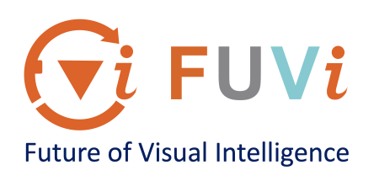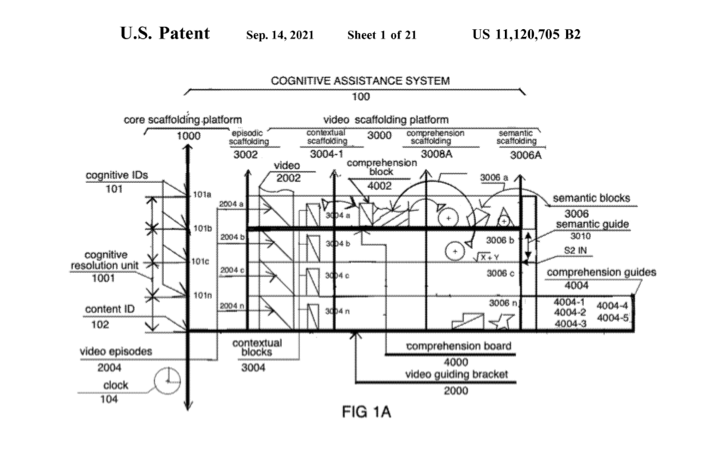Transformative Technology
FUVI Technology enhances learning, deepens understanding, improves problem-solving, and develop lasting cognitive intelligence
Digitizing Cognitive Intelligent Performance
Based on how the two learning systems in the brain work, we create software to transform video lessons and textbooks into a form that helps learners deeply understand the concepts and master problem solving.
Our patent US 11, 120, 705 enables transforming learning materials into CRUs (Cognitive Resolution Units). Like the pixels in the digital imaging technique, each CRU contains two components, semantic and episodic, that work in harmony with the two learning systems, declarative and procedural, in the brain.
Scientifically Validated Principles Form the Bases of FUVI’s Technology
Uncommon Sense Teaching
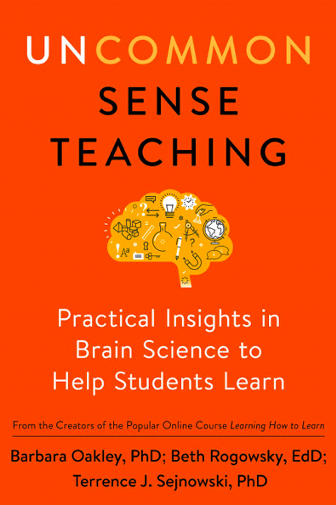
Practical Insights in Brain Science to Help Students Learn
Barbara Oakley, PhD
How People Learn II
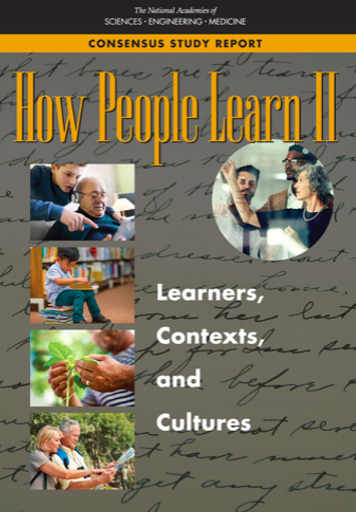
The National Academies of Sciences-Engineering-Medicine
There are two learning systems in the brain: declarative and procedural (or conscious and unconscious) learning systems. These two learning systems work differently and produce different outcomes:
Declarative learning provides understanding and knowledge through the working memory and hippocampus.
Procedural learning provides step-by-step mastery, problem-solving and critical-thinking skills through the cerebellum.
Talented people can intuitively toggle between the two learning systems or work on both of them simultaneously.
How do we apply the scientifically validated principles above to technologies to help everyone learn like talented people?
At ifuvi.com, we use our patented technology to transfer any learning materials into two components:
The First Component
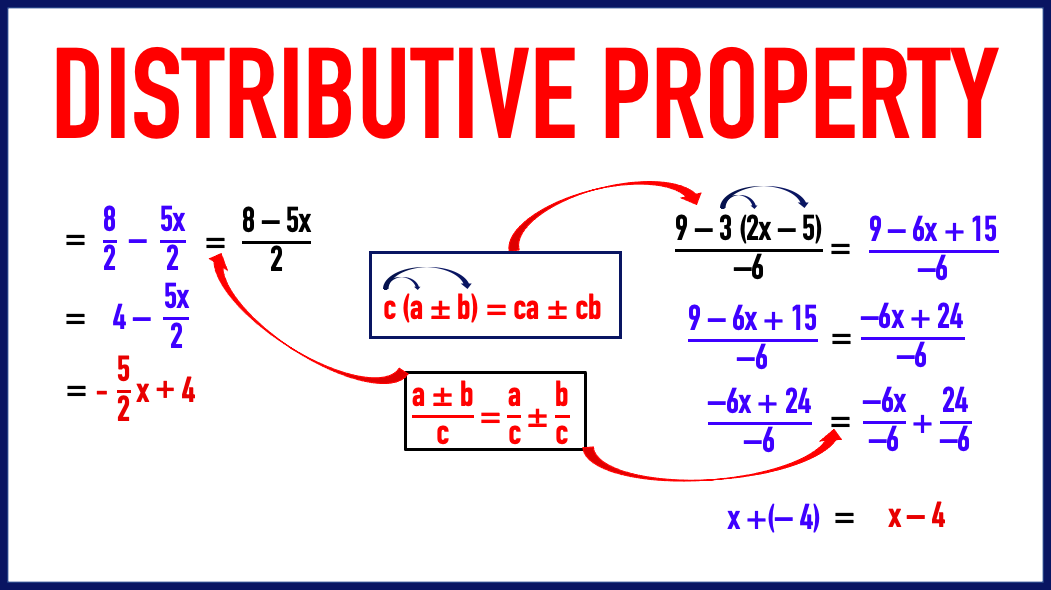
The First Component is in the form of Summary Slides and Cognitive Mappings for the declarative learning system.
The Second Component
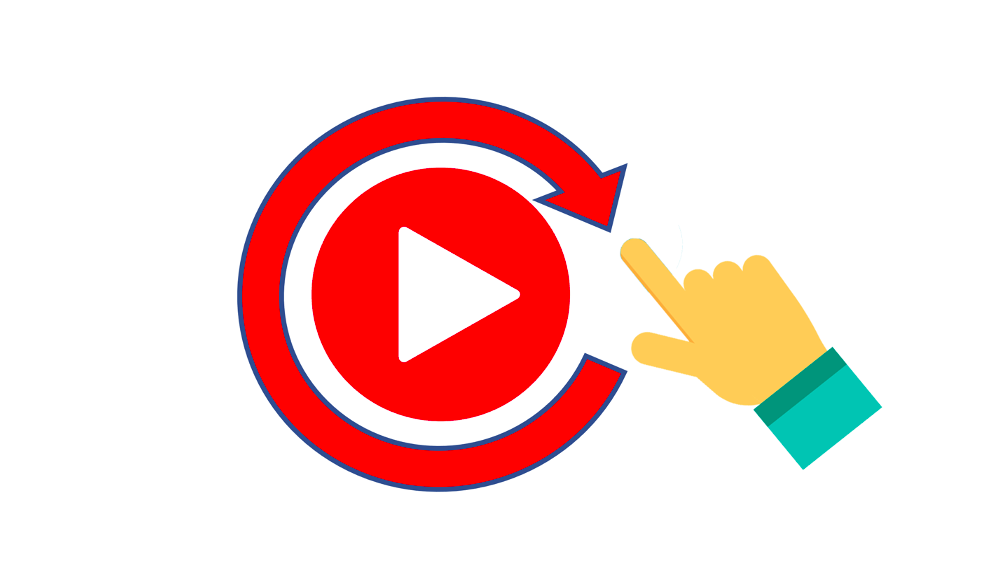
The Second Component is in the form of Video Walkthroughs and Mastery Scaffoldings for the procedural learning system.
At ifuvi.com, learners can intuitively control each of the two learning systems at their own pace and toggle between the two through cognitive consoles.
